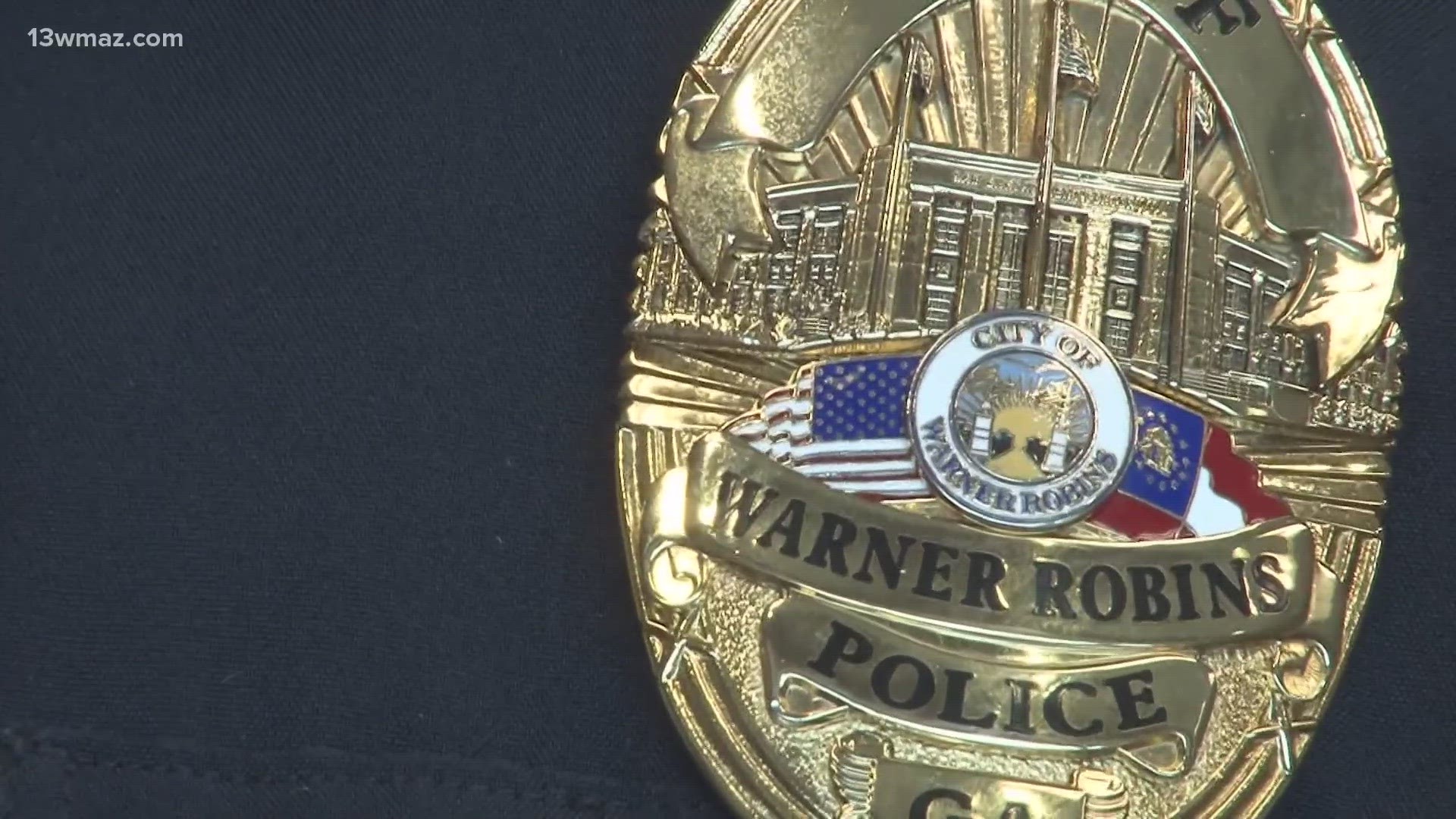WARNER ROBINS, Ga. — It can be jarring when you see an amber alert on your phone. The notifications on screens big and small mean a child is missing, and Sunday's alert was especially scary for folks in Warner Robins.
It involved 15-month old Ta'yonni Johnson, who's now home with her family.
The Department of Justice says an amber alert is issued if law enforcement believes a child has been abducted and is in danger of serious bodily injury or death. There also must be a clear description of the victim and the abductor.
A law enforcement agency will then contact the GBI, and then they will review it and pass it along to the Georgia Emergency Management Agency.
GEMA will post the alert.
Once an amber alert is activated, law enforcement agencies could do several things like patrol the area where the child might be.
"Getting other agencies involved whether it be another county municipality jurisdiction all the way up to GBI, FBI," Sergeant Justin Clark said.
Clark works in investigations with the Warner Robins Police Department. He says in the last few years they have incorporated technology through the use of camera systems like Flock and Vigilant.
Soon they will also use Fusus cameras.
"That gives us the ability to input a tag number and try to track for a vehicle of the suspect. Even if you don't have the tag number, you can search make, model, color, things like that and get more leads quicker," Clark said.
He says these systems are force multipliers. What was once a several-person job can now easily be done by fewer people, and in more convenient ways.
"We can access it on our desktops, computers, on our phones. The laptops in the patrol cars can access it," he said.
These tools weren't used in finding the missing child on Sunday, but law enforcement says that information always comes in handy.
They say that child was returned home safely Sunday because of the amber alert notification.
The National Center for Missing and Exploited Children says on average, they activate about 200 amber alerts a year. There were 181 last year, 14 of them from Georgia.
"95% of the cases are recovered in the first 48 hours," John Bischoff the Vice President for the Missing Children's Division of NCMEC said.
Bischoff says 56% of the endangered children are recovered in the first three hours.
"We're so thankful for an engaged public when they do receive these alerts because they are such a key component to finding these children," Bischoff said. "You may see these alerts in news headlines or even on your phone. Wireless alerts have helped solve a case about 10% of the time.
He says 136 times when an amber alert is sent someone has recognized something in the alert, reported it, and the child is recovered.
Sunday, 13WMAZ reported that there was about a four-hour window between the time the child was reported missing and when the amber alert went out.
Several people on social media questioned the gap.
The justice department reports that in 2021, most alerts went out 3 to 6 hours after the child was reported missing.
Police say Ta'yonni's father, 22-year-old Calvin Johnson is still on the run. They think he may be in Savannah.
Johnson has two warrants out for kidnapping and possession of a firearm while committing a crime. The United States Marshals Service is now looking for Johnson.

